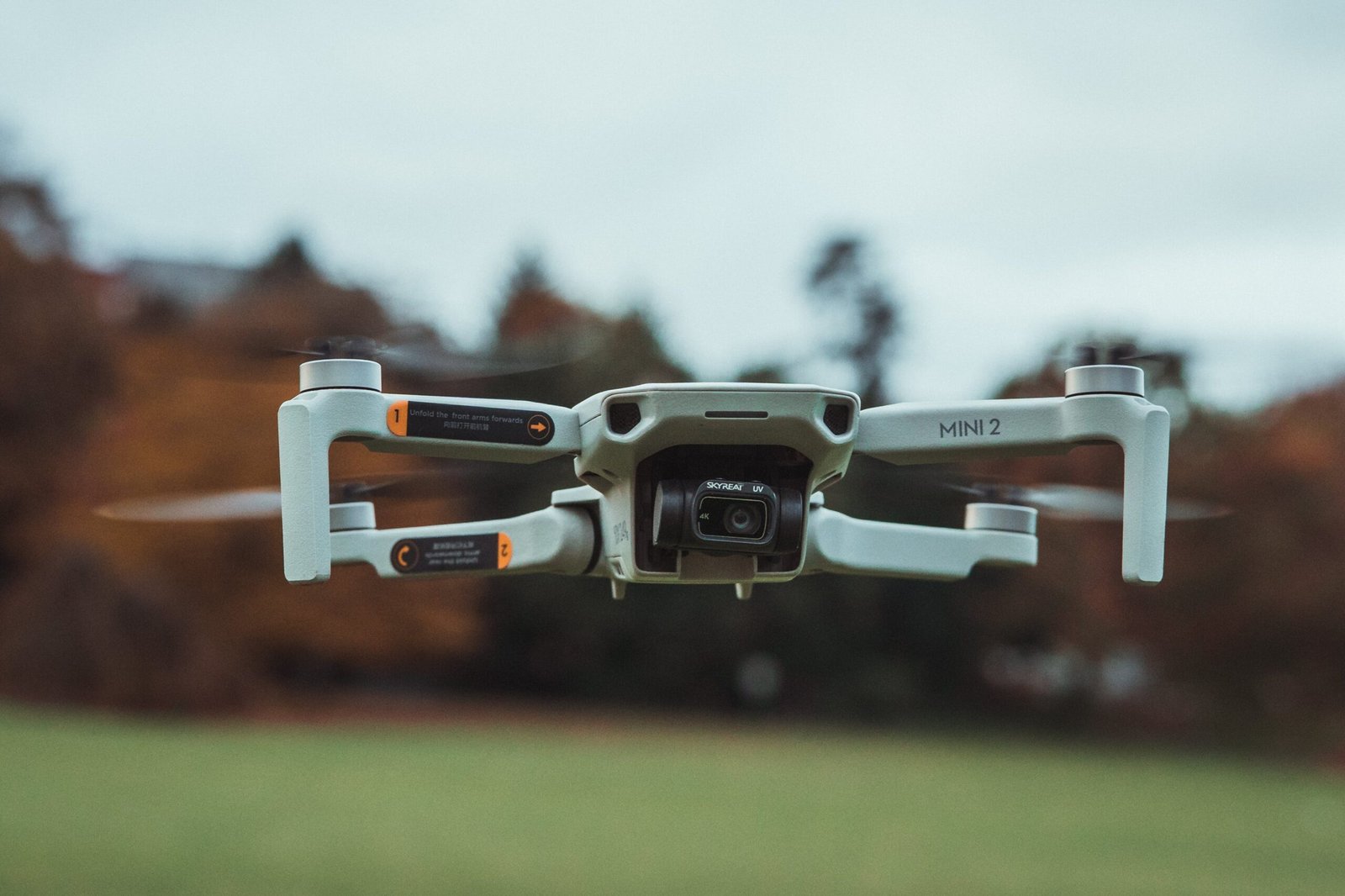In the world of wireless video monitors, understanding the contrast ratio is key to enhancing your viewing experience. The contrast ratio determines the difference between the darkest black and the brightest white that a monitor can produce. It measures the level of detail and depth in the displayed images. So, why is the contrast ratio so important? This article will delve into the significance of the contrast ratio in wireless video monitors and how it can greatly impact your visual enjoyment.

This image is property of images.pexels.com.
Introduction to Contrast Ratio
When it comes to wireless video monitors, one of the key specifications that you need to consider is the contrast ratio. The contrast ratio refers to the difference between the brightest white and the darkest black that a monitor can display. Essentially, it measures the monitor’s ability to accurately reproduce different shades of color and provide depth and clarity in the images or videos being displayed. In this article, we will delve into the importance of contrast ratio in video monitors and explore the different types of contrast ratios available.
Importance of Contrast Ratio in Video Monitors
The contrast ratio plays a vital role in the overall visual quality of a wireless video monitor. It determines how well the monitor can display details in dark scenes and bright highlights, resulting in a more immersive and vibrant viewing experience. A high contrast ratio allows for better differentiation between colors and enhances the overall depth perception of the image. On the other hand, a low contrast ratio may lead to a washed-out appearance and lack of detail in both dark and bright areas.
Understanding Contrast Ratio Measurements
Contrast ratio measurements are expressed as a ratio, such as 1000:1 or 5000:1. The first number represents the brightness of white, while the second number represents the darkness of black. For example, a contrast ratio of 1000:1 means that the brightest white on the monitor is 1000 times brighter than the darkest black. The higher the contrast ratio, the better the monitor can display subtle nuances of color and provide a more realistic and dynamic visual experience.
Different Types of Contrast Ratios
There are two main types of contrast ratios that you will come across when it comes to wireless video monitors: static contrast ratio and dynamic contrast ratio.
Static Contrast Ratio
The static contrast ratio refers to the ratio between the brightest white and the darkest black that a monitor can display simultaneously. This measurement is considered more reliable as it indicates the maximum performance of the monitor under normal conditions. Typically, wireless video monitors have static contrast ratios ranging from 1000:1 to 5000:1, with higher ratios being desirable for better image quality.
Dynamic Contrast Ratio
The dynamic contrast ratio, on the other hand, takes into account the monitor’s ability to automatically adjust the contrast based on the content being displayed. This means that the monitor can increase the contrast in bright scenes and decrease it in dark scenes, resulting in more vivid and detailed images. However, it’s important to note that dynamic contrast ratios can sometimes be misleading, as they can give an inflated sense of the monitor’s capabilities.

This image is property of images.pexels.com.
Typical Contrast Ratio Range in Wireless Video Monitors
In the realm of wireless video monitors, the contrast ratio typically falls within a range of 1000:1 to 5000:1 for static contrast ratio and 5000:1 to 100,000:1 for dynamic contrast ratio. The exact contrast ratio that will suit your needs depends on various factors, including the specific application, ambient lighting conditions, and personal preferences. It’s important to strike a balance between a high contrast ratio for vibrant visuals and a practical contrast ratio for accurate image reproduction.
Factors Affecting Contrast Ratio
Several factors can influence the contrast ratio performance of a wireless video monitor. One significant factor is the type of panel technology used. Monitors with In-Plane Switching (IPS) or Organic Light-Emitting Diode (OLED) panels tend to offer higher contrast ratios and wider viewing angles compared to monitors with Twisted Nematic (TN) panels.
Additionally, ambient lighting conditions can also impact the perceived contrast ratio. In a brightly lit room, the contrast ratio may appear lower due to the increased glare and reflections on the screen. On the other hand, a dimly lit room can enhance the perceived contrast ratio by reducing external light interference.

This image is property of images.pexels.com.
Choosing the Right Contrast Ratio for Your Needs
Selecting the right contrast ratio for your wireless video monitor depends on your specific requirements and usage scenarios. If you primarily use the monitor for graphic design or video editing, a higher contrast ratio is desirable to ensure accurate color representation and detailed image rendering. On the other hand, if you primarily use the monitor for gaming or general multimedia consumption, a moderately high contrast ratio is usually sufficient to provide immersive visuals and vibrant colors.
It’s important to note that a high contrast ratio alone does not guarantee exceptional image quality. Other factors such as color accuracy, resolution, and panel technology also play significant roles in the overall display performance. Therefore, it’s crucial to consider the contrast ratio in conjunction with other specifications when making your purchasing decision.
Considerations for High Contrast Ratio
While a high contrast ratio can enhance the visual experience, there are a few considerations to keep in mind. One potential downside of monitors with exceptionally high contrast ratios is the possibility of crushed blacks or clipped whites. This means that certain details in dark or bright areas of the image may be lost due to the limited dynamic range of the monitor. Therefore, it’s important to strike a balance and choose a monitor with a contrast ratio that provides optimal image quality without sacrificing detail in extreme dark or bright scenes.
Common Misconceptions about Contrast Ratio
Contrast ratio can be a somewhat confusing specification, and there are a few common misconceptions surrounding it. One common misconception is that a higher contrast ratio always means a better-quality monitor. While a higher contrast ratio can indeed provide more visually appealing images, it’s important to consider other factors such as color accuracy, panel type, and resolution to ensure the overall quality of the monitor.
Another misconception is that dynamic contrast ratio is always superior to static contrast ratio. While dynamic contrast ratio can enhance specific scenes in certain situations, it’s not always an accurate reflection of the monitor’s overall performance. Dynamic contrast ratios can be manipulated by the monitor’s settings, resulting in an artificial increase or decrease in contrast that may not accurately represent the true capabilities of the display.
Conclusion
In conclusion, the contrast ratio is a crucial aspect to consider when selecting a wireless video monitor. It determines the monitor’s ability to accurately reproduce different shades of color and provide depth and clarity in images or videos. By understanding the different types of contrast ratios, considering factors that affect contrast ratio performance, and making informed decisions based on your specific needs, you can choose the right contrast ratio monitor to enhance your visual experience. Remember to consider the contrast ratio in conjunction with other specifications to ensure the overall quality of the monitor and make an informed purchasing decision.

Meet Penny Sterling, the editor behind the captivating content of our blog, “Wireless Video Monitor.” With a background in electrical engineering and a deep passion for technology, Penny has become a leading authority in the world of wireless video monitors. Her ability to distill complex concepts into accessible articles has made her a trusted guide for both tech enthusiasts and newcomers to the field. Penny’s unwavering commitment to research and staying up-to-date ensures that “Wireless Video Monitor” remains an authoritative source for reliable information. Get ready to embark on a journey of wireless video monitor exploration with Penny Sterling as your knowledgeable and dedicated mentor.


